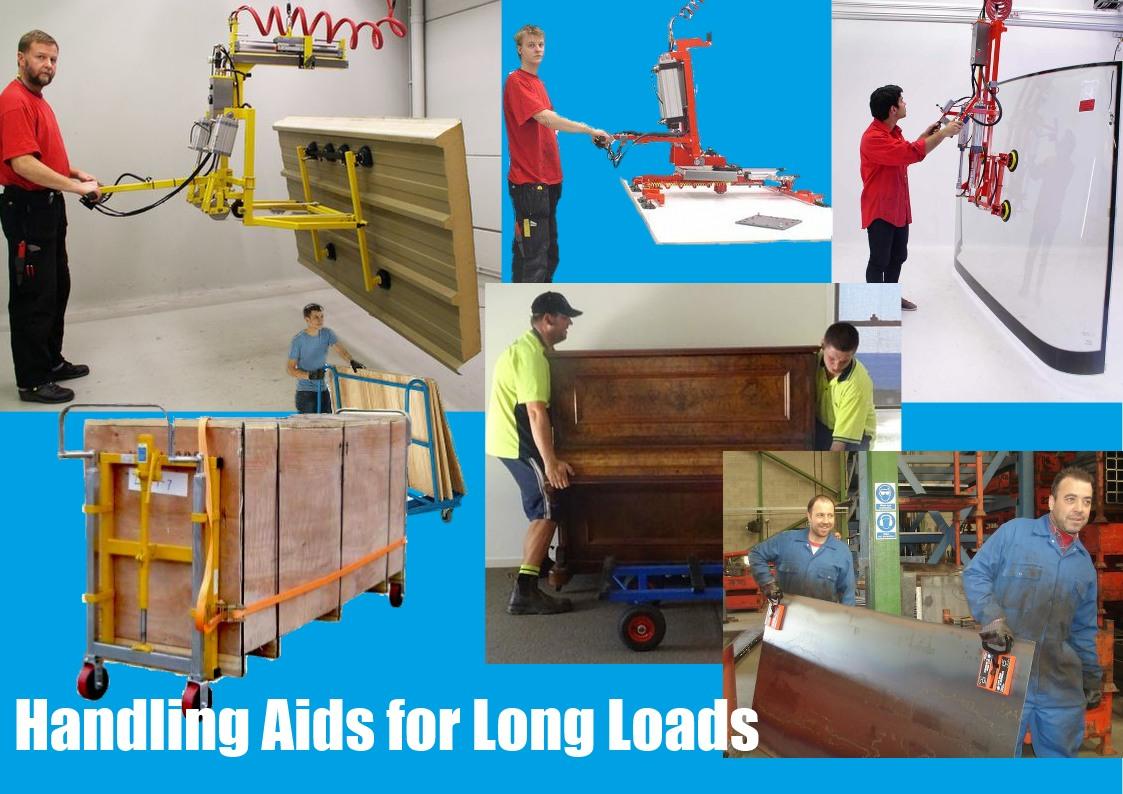Before lifting or carrying a long load, assess the weight, size and shape of the load, and plan the route and destination. If possible, use a suitable handling aid, such as a trolley, a forklift attachment, or a crane, to reduce the manual handling involved.
Handling long loads safely is an important skill to prevent injuries and accidents at work. Long loads can be awkward to lift, carry and manoeuvre, so you should follow some basic guidelines to ensure your safety and the safety of others. Here are some tips on how to handle long loads safely:
Manual handling long loads
If you need to lift or carry a long load manually, ask for help from another person or a team of people, depending on the weight and length of the load. Communicate clearly with your helpers and coordinate your movements. Make sure everyone has a good grip on the load and can see where they are going.
When lifting a long load, keep it close to your waist and hug it as close as possible to your body. This will help you maintain your balance and reduce the strain on your back and arms. Bend your knees slightly and avoid stooping or squatting. Lift the load smoothly and do not jerk or twist your body.
When carrying a long load, keep it horizontal and level, and avoid tilting or swinging it. Keep your head up and look ahead, not down at the load. Move at a steady pace and avoid sudden changes of direction. If you need to turn, move your feet and do not twist your back or neck.
When putting down a long load, lower it gently and carefully, using your legs and not your back. If possible, rest the load on a table or a bench before placing it on the ground, to change your grip and posture. Do not drop the load or let go of it until it is stable and secure.
Handling aids for long loads.
Lifting and handling long loads can be challenging and risky, especially on work sites. Fortunately, there are some specific aids that can help you with this task. Here are some examples of lifting and handling aids for long loads: CLICK HERE TO VIEW aids for long loads
Spreader beams and Lifting beams: are a means of providing two or more lifting points from the hook of the lifting machine or crane spaced so as to match the position of the lifting points on the load. Used to reduce headroom, provide multiple lifting points to provide adjustable lifting centres, to handle long or out of balance loads, to remove or control inward or crushing forces, to allow for special load attachments such as slings, magnets or vacuum pads.
Hoists: These are devices that can lift and lower long loads horizontally or at an angle, using a rope, chain, or cable. They can be attached to a fixed point, such as a beam or a scaffold, or mounted on a trolley that can move along a rail or a beam. They can be manually operated or powered by electricity or compressed air. Some examples of hoists are chain hoists and wire rope hoists.
Winches: These are devices that can pull long loads along a surface, using a rope, cable, or chain. They can be manually operated or powered by electricity, compressed air, or hydraulics. They can be mounted on a vehicle, such as a truck or a trailer, or on a stand-alone frame. Some examples of winches are hand winches and electric winches.
Trolleys: These are devices that can transport long loads along a surface, using wheels or castors. They can be manually pushed or pulled. They can have different types of frames, such as flatbeds, carts, or dollies, to suit different types of loads. Some examples of trolleys are pipe trolleys and panel trolleys with examples available to view CLICK HERE
Extra wide pallet gates: Used for placing or storing long loads on mezzanine floors, raised platforms, through high level openings or doorways. Some types can be used for loading by forklift or overhead hoist.
These are just some of the lifting and handling aids that can help you with long loads. You can find more information and examples on the on our website. You should always follow the manufacturer’s instructions and safety precautions when using these aids. You should also assess the risks and benefits of using these aids, and consider other factors, such as the weight, size, shape, and fragility of the load, the distance and height of the movement, the space and access available, the ground and weather conditions, and the availability and competence of the operators. You should also consult with your employer, supervisor, and co-workers about the best way to handle long loads safely and efficiently.

